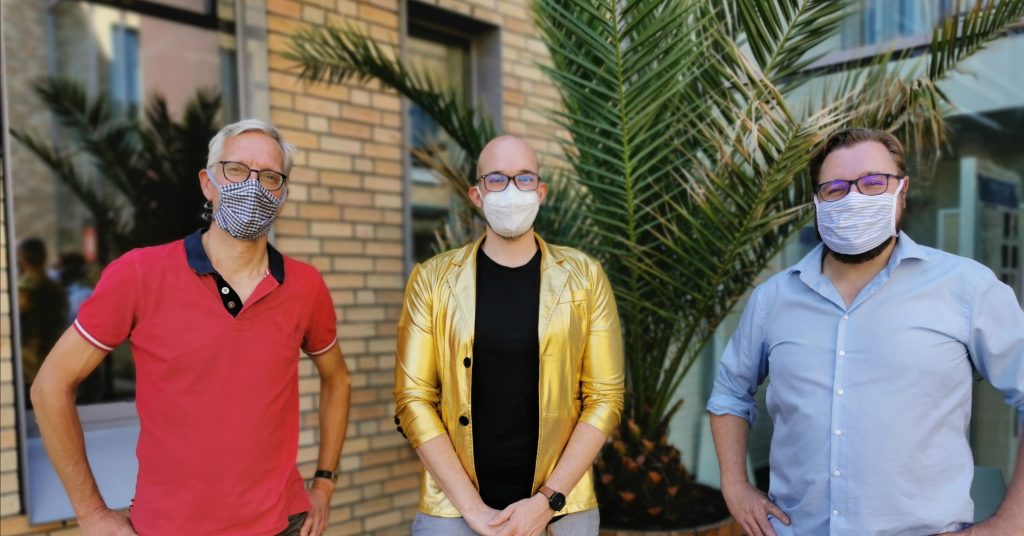NEWS & EVENTS
What’s new?
September 14, 2022
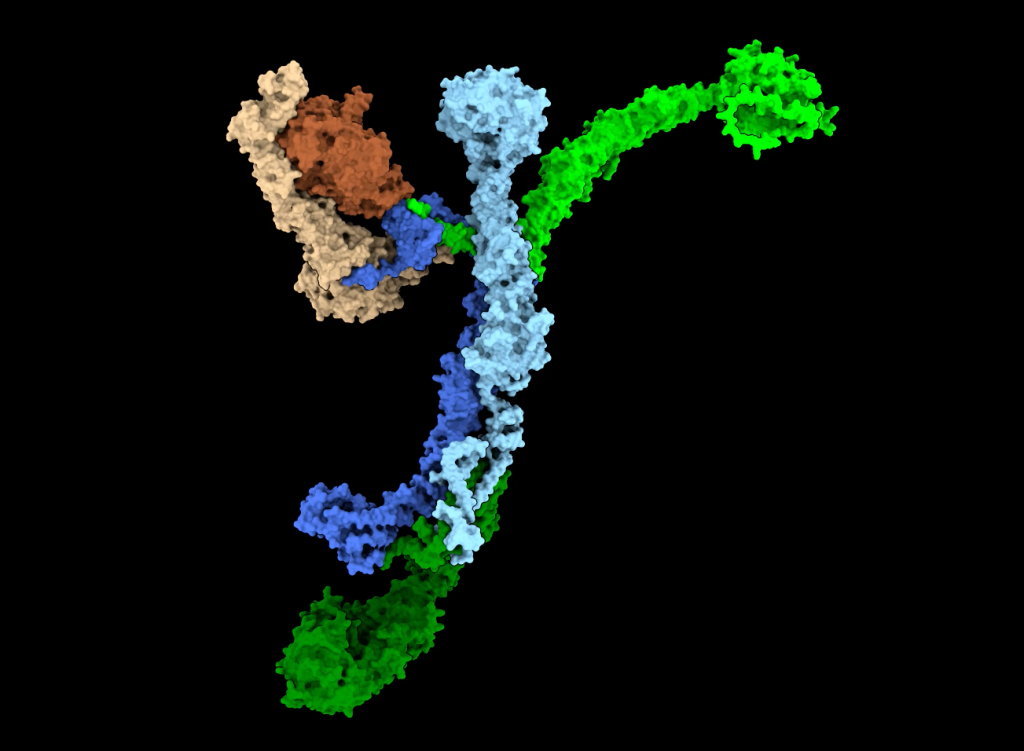
Nothing beats a structure – and this one is spectacular. Dmitry, Jannis and Caro made the heroic effort and finally solved the structure of HOPS, a hexameric tethering and fusion complex at the yeast vacuole, the lysosome equivalent of yeast. The study is the result of an excellent collaboration with Arne Möller’s group in Osnabrück (Shvarev, Schoppe, König et al., elife, 2022).
January 15, 2021
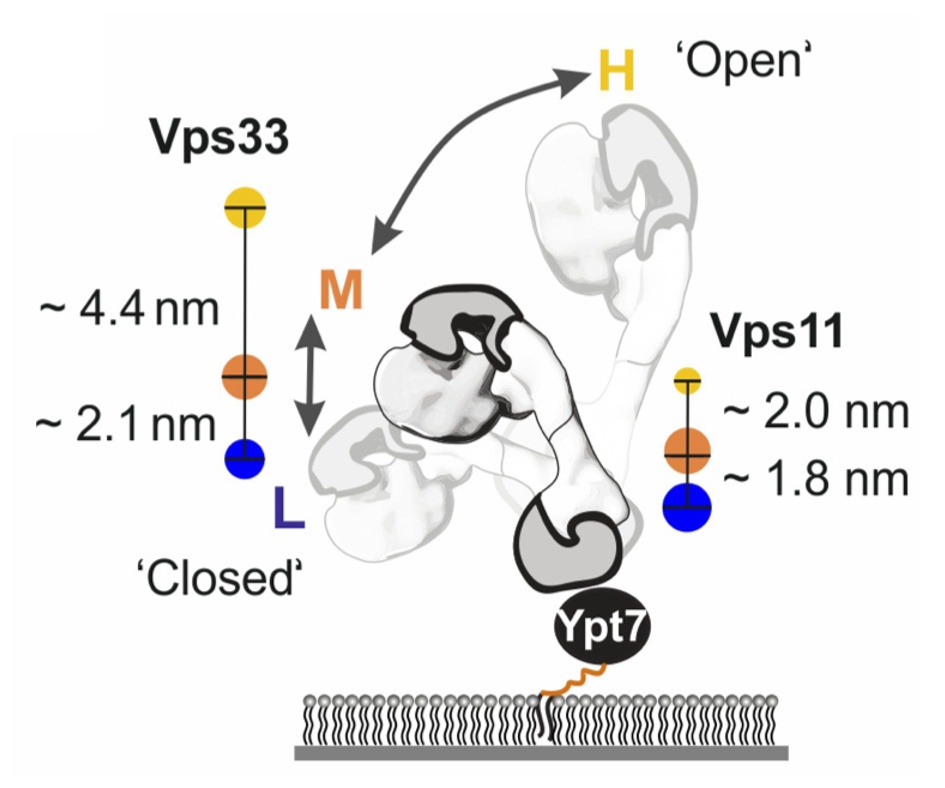
How can we determine the shape and positioning of a membrane protein on a membrane? Together with Chang You and Jacob Piehler in Osnabrück, we explored graphene as a template to analyze the shape of the HOPS tethering complex. Graphene is hydrophobic an can be coated with lipids. We then loaded prenylated Ypt7 onto this monolayer and then added GFP-tagged HOPS, which was retained on the surface. When we now illuminated the sample, the life time of the GFP was rapidly quenched. We could show that the degree of quenching correlated with the distance of GFP from the graphene surface. Our data revealed that HOPS binds Ypt7 in an upright position on membranes – ready to bind incoming vesicles. See Füllbrunn et al., elife 2021.
November 11, 2020
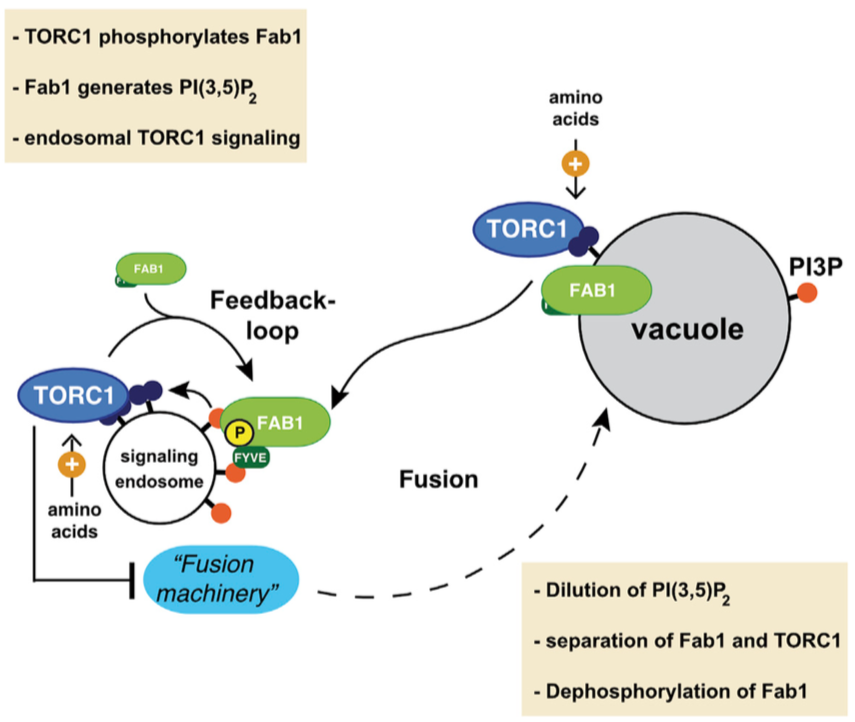
How is the biogenesis of signaling endosomes controlled? Signaling endosomes have been recently discovered as a novel endosome in yeast. They are distinct from multivesicular bodies (MVBs) and harbor the TORC1 complex, wich controls the metabolic activity of cells. Together with the group of Claudio De Virgilio (Fribourg), we discover that the Fab1 lipid kinase is phosphorylated by TORC1. Using mutants of Fab1, we show that this phosphorylation affects the biogenesis of SEs and vacuoles. Our data suggest that Fab1 and TORC1 function in a positive feedback-loop in the biogenesis of this endosomal compartment. See Chen, Malia, Hatakeyama et al., Current Biology 2021
September 2, 2020
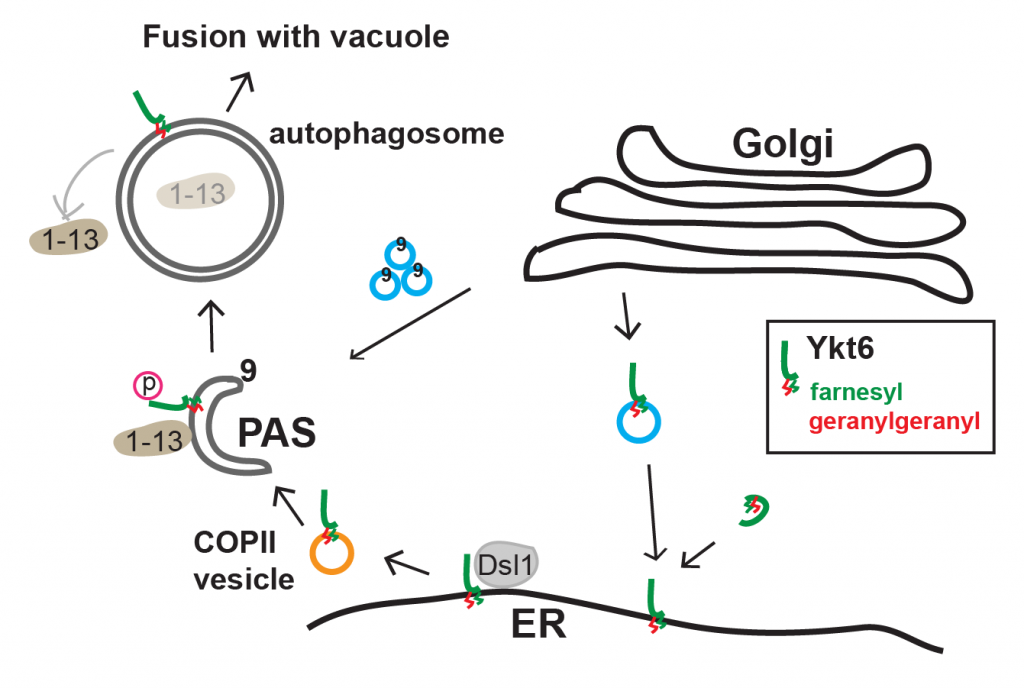
How do autophagosomes become fusion competent? Autophagosomes form from scratch, probably as the result of the fusion of small vesicles. The resulting structure called PAS (preautophagosomal membrane) grows into a double membrane organelle, yet needs to have the fusion machinery on its surface to fuse with vacuoles. We now show that the conserved SNARE Ykt6 needs the Dsl1 tethering complex at the ER to arrive at the autophagosome. At the autophagosome, Ykt6 is kept inactive by phosphorylation via the Atg1 kinase until the mature and closed autophagosome is ready to fuse with vacuoles. See Gao et al., EMBO reports, 2020.
August 13, 2020
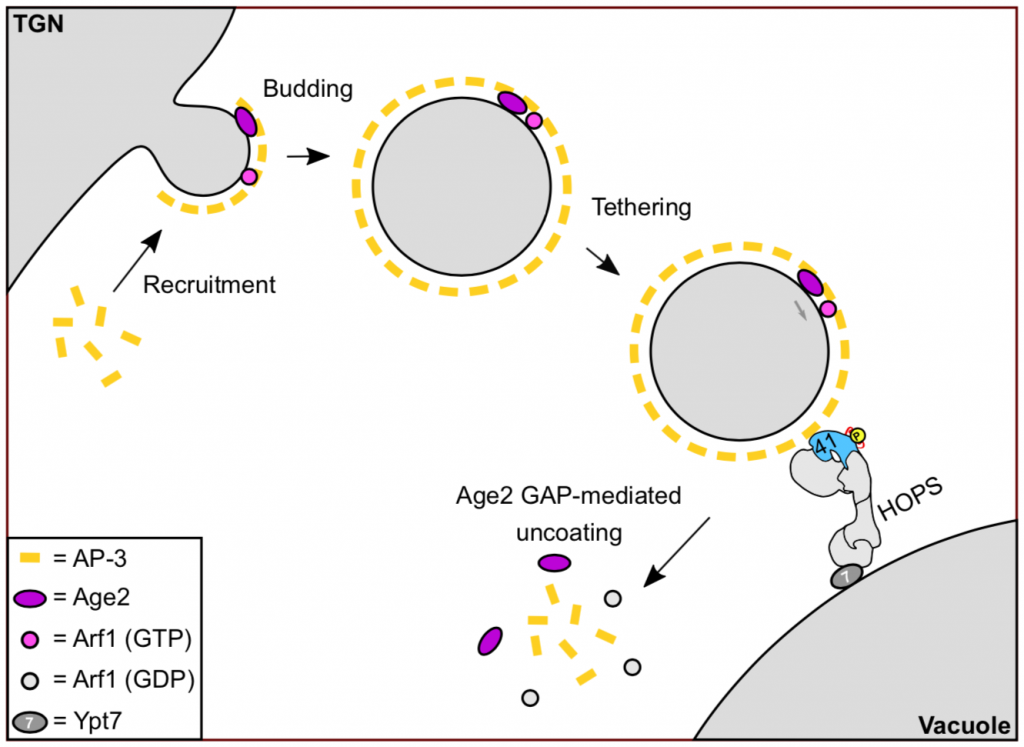
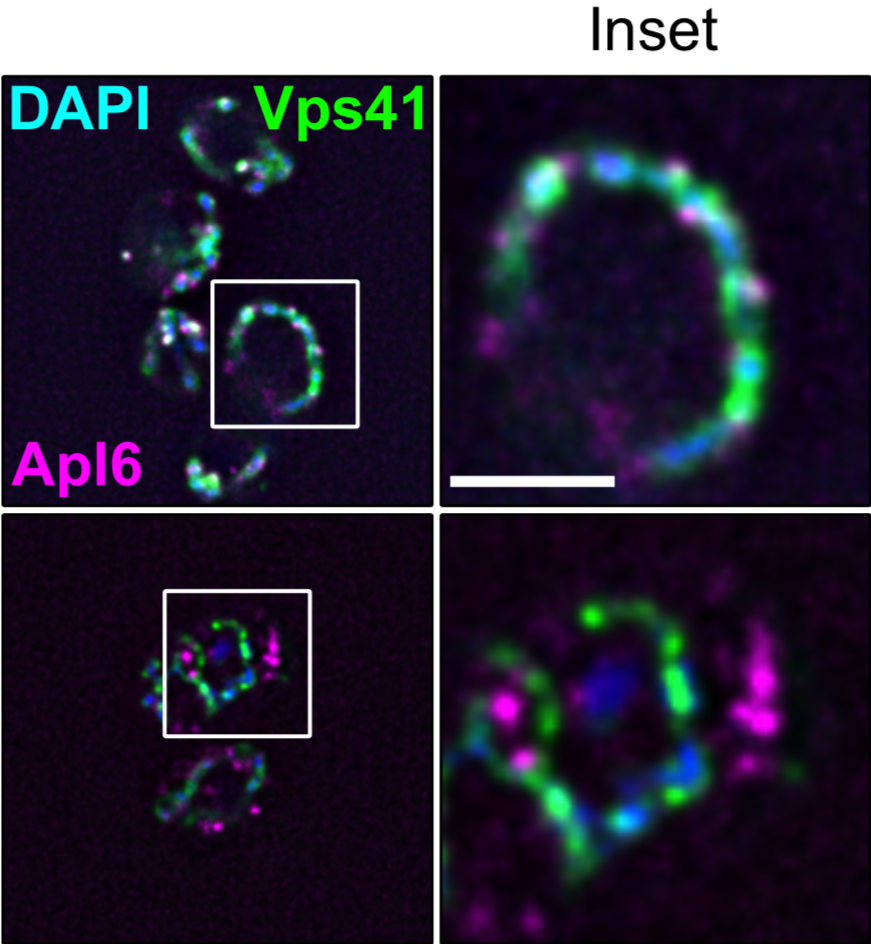
When do vesicles uncoat – just after formation or later? Using mitochondria as a landing platform, we show that AP-3 vesicles can be redirected. With the HOPS subunit Vps41 on mitochondria, AP-3 vesicles arrive on its surface, and not at the vacuole. By combining Biotin-proximity labeling and mass spectrometry, we identify a new factor – the Arf1 GAP Age2 – which is needed to shed the coat from AP-3 vesicles. Schoppe et al., EMBO J., 2020.
May 20, 2020
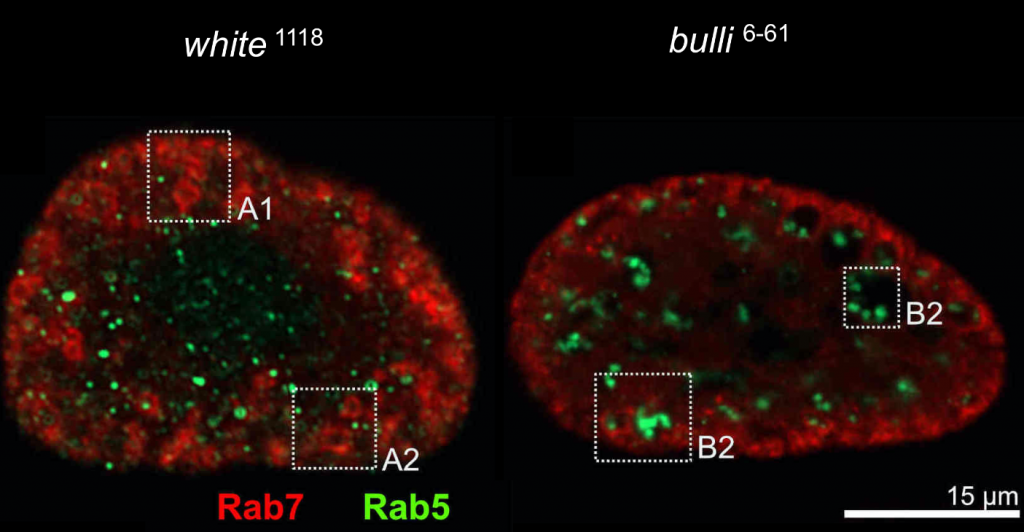
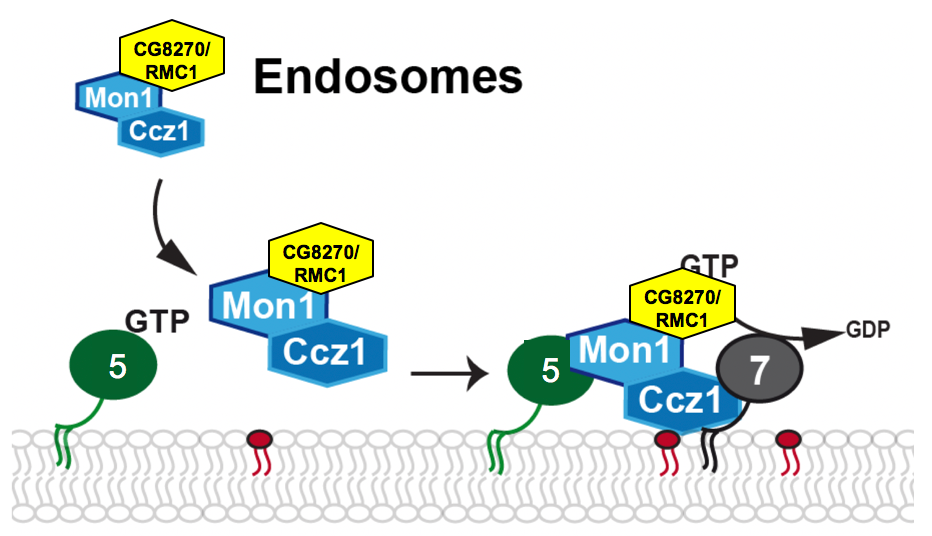
How do flies organize their digestive tract? Drosophila uses single cells, called nephrocytes to filtrate their blood. We now show now together with Achim Paululat’s group (Osnabrück) that metazoan cells have a trimeric Rab7 activation complex of Mon1, Ccz1, and Bulli. Without Bulli, fly nephrocytes (the kidney equivalent of flies) have a disorganized endolysosomal system and cannot tolerate toxic stress and die earlier. See Dehnen et al., JCS 2020
May 11, 2020
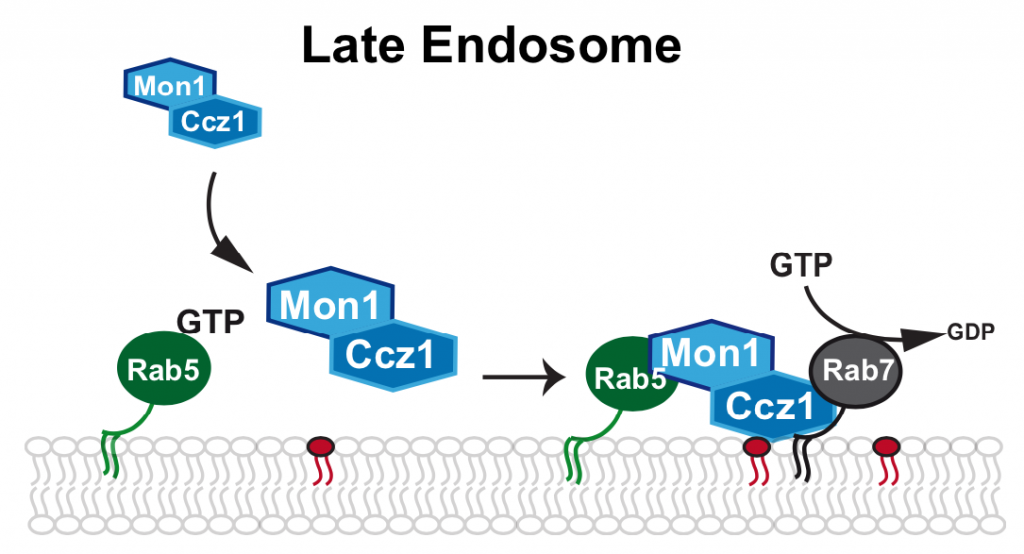
How do organelles change their identity? We now show by reconstitution of the endosomal Rab cascade that tje endosomal small Rab5 GTPase binds and activates the Mon1-Ccz1 guanine nucleotide exchange factor, which in turn recruits Rab7 to membranes to drive fusion with the lysosome. See Langemeyer et al., elife 2020
What’s happening?

May 22, 2025
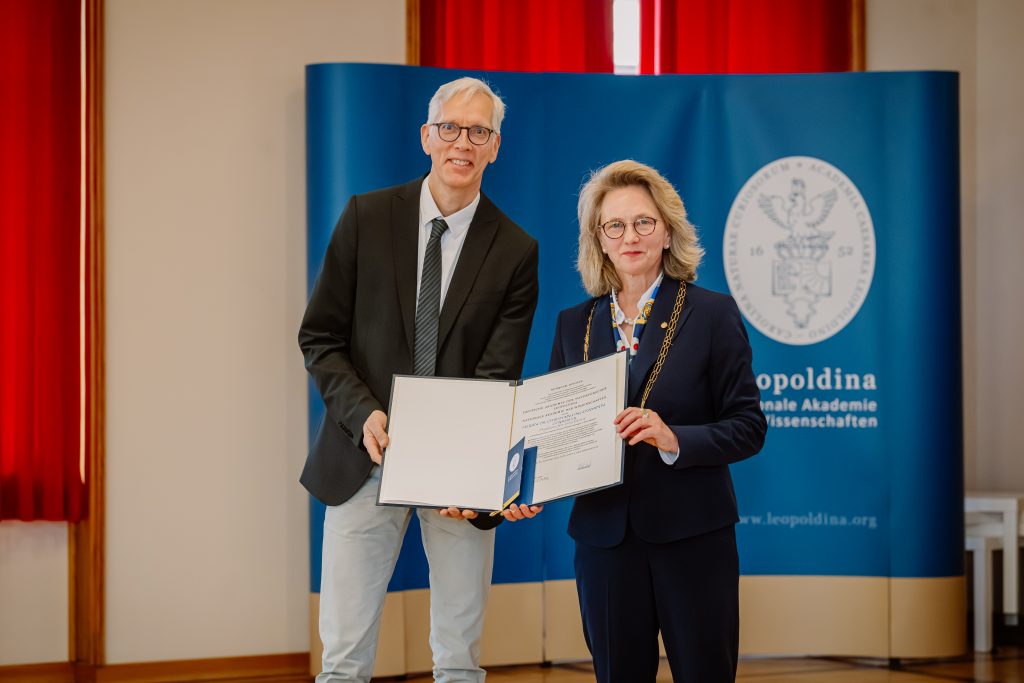
Christian was elected into the Leopoldina, the German Academy of Sciences. He received the official award in April 2025 from the president Bettina Rockenbach.
https://www.leopoldina.org/presse-1/pressemitteilungen/pressemitteilung/press/3123
July 7, 2023
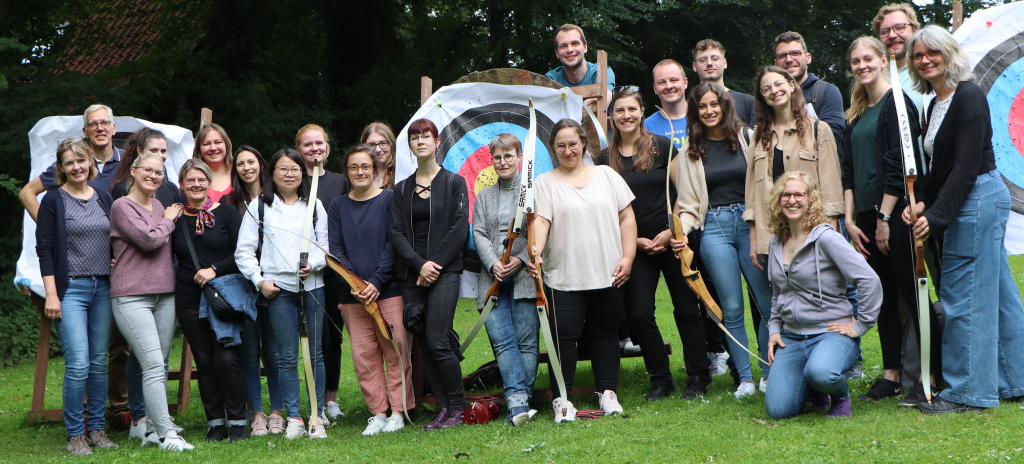
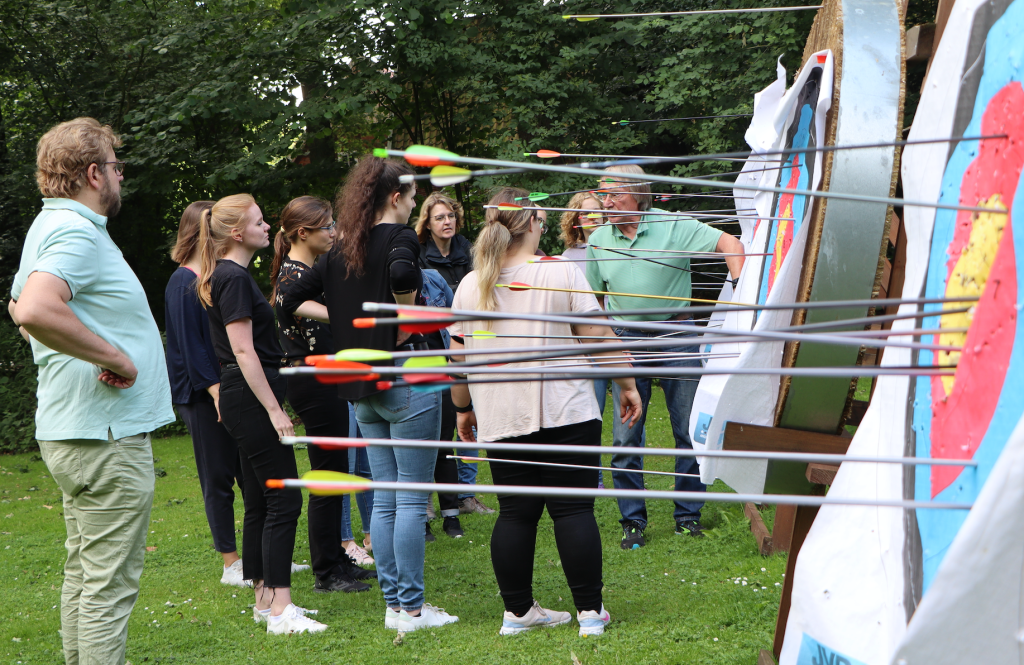
May 5th, 2023
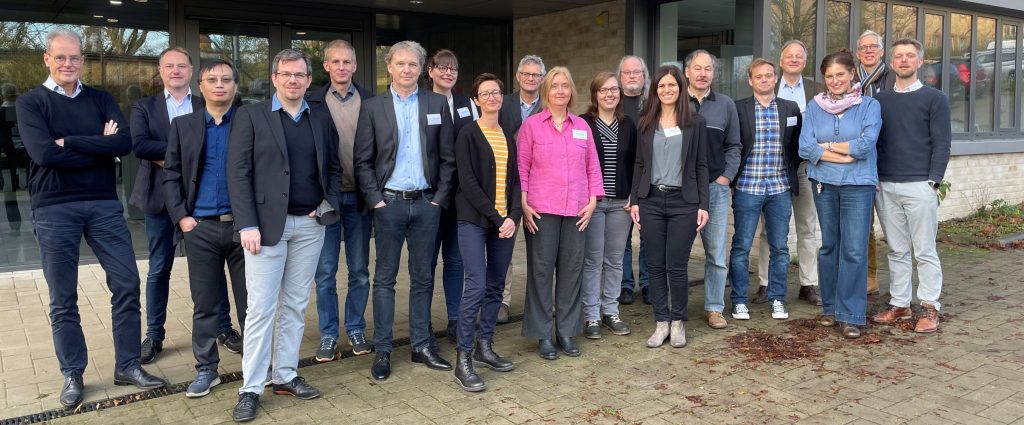
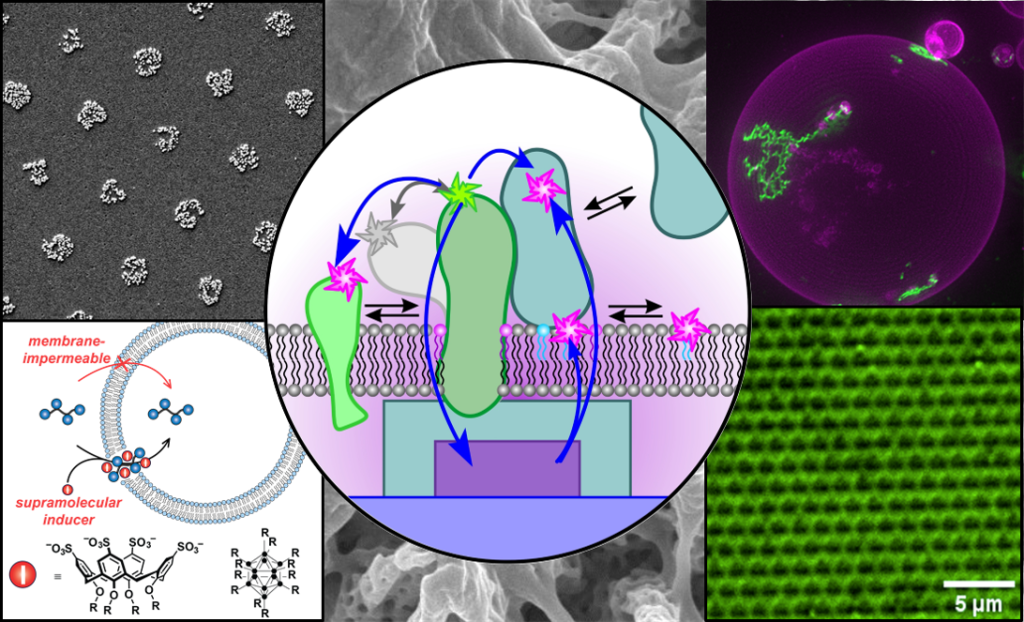
nanomaterials@biomembranes
„Rationally designed surface architectures for nanoscale interrogation and manipulation of biomolecules at membranes“
Congratulations to the chairs Jacob Piehler and Mirco Imlau!
12 PhD positions will be filled in September 2023 – look out for the advertisement.
January 1, 2023
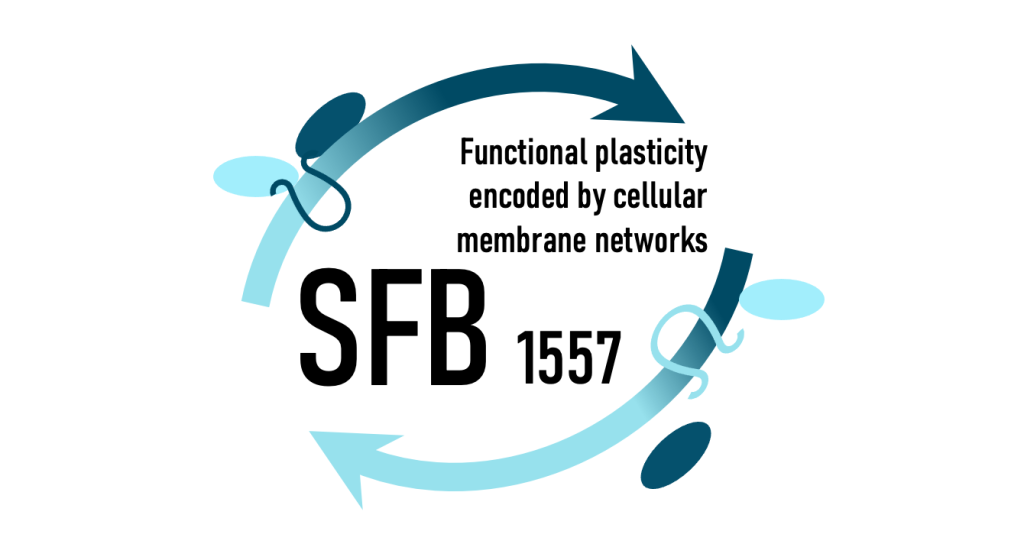
November 24, 2022
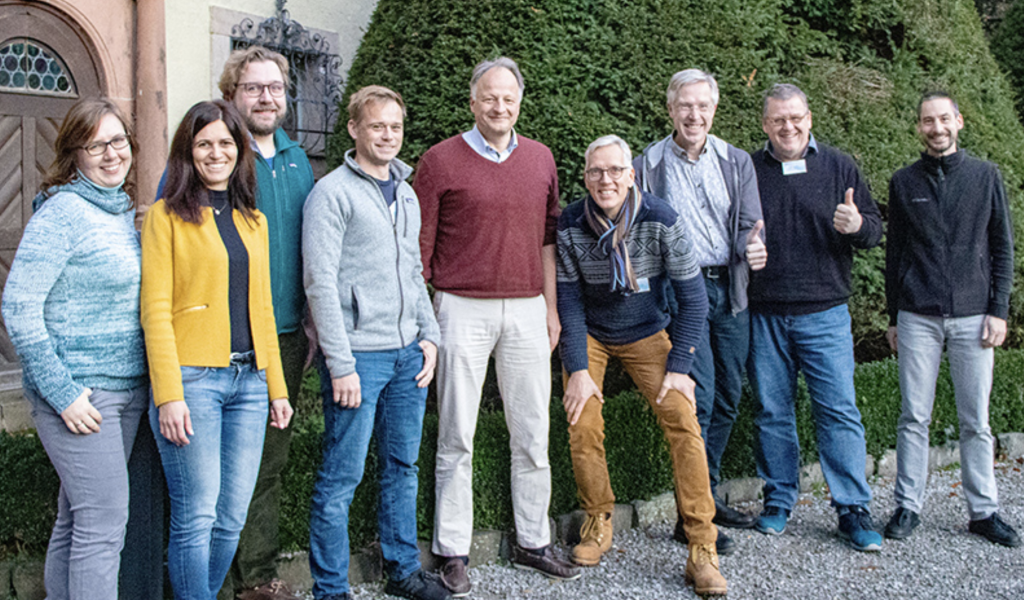
See news here.
September 29, 2021
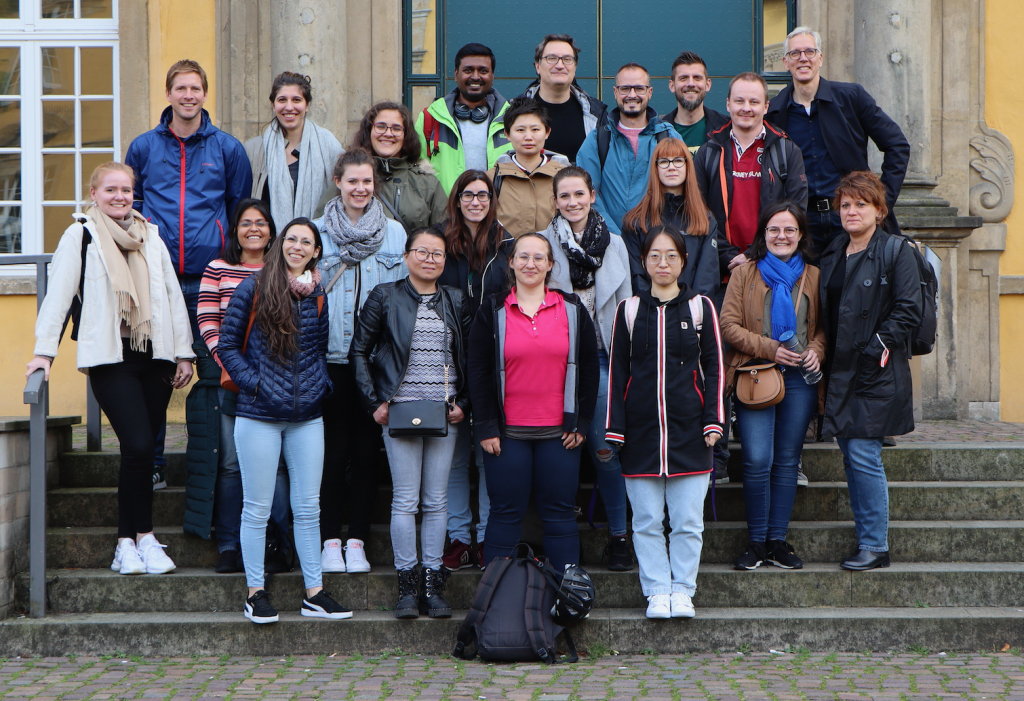
August 5, 2021
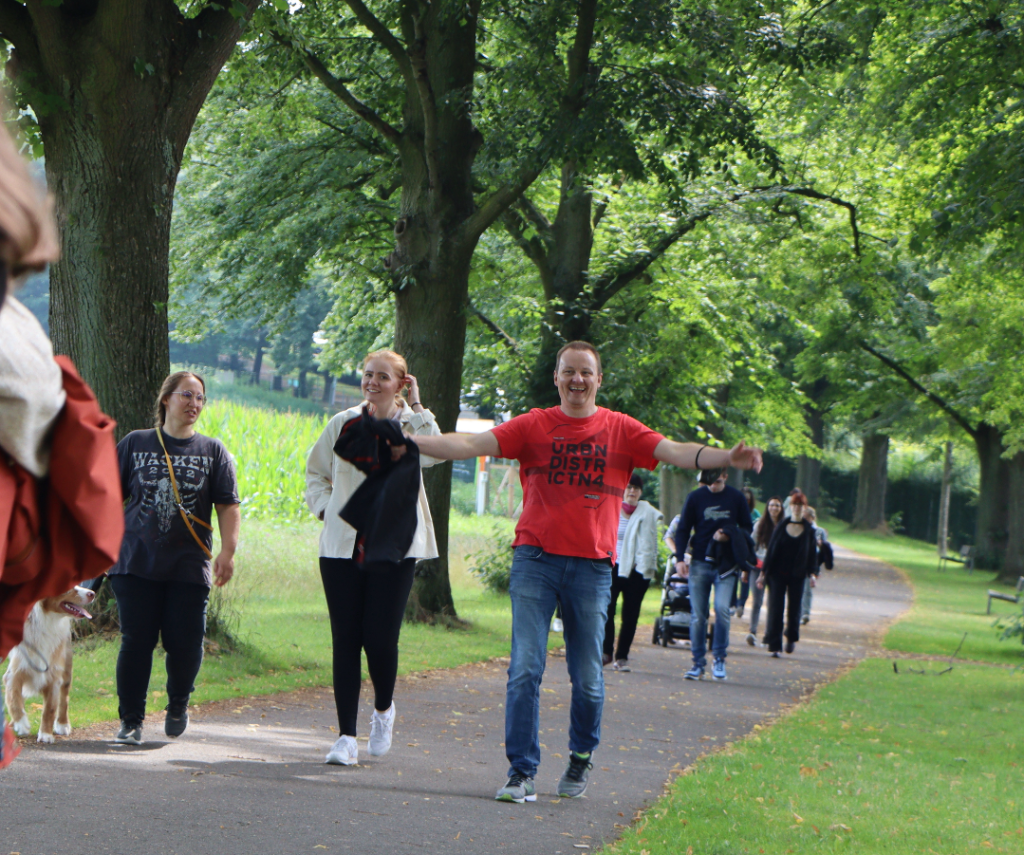

September 8, 2020
Ungermann lab is on twitter (twitter.com/UngermannLab).

August 26, 2020 and anytime!
PhD and postdoc positions. If you like our work – please apply or contact Christian!
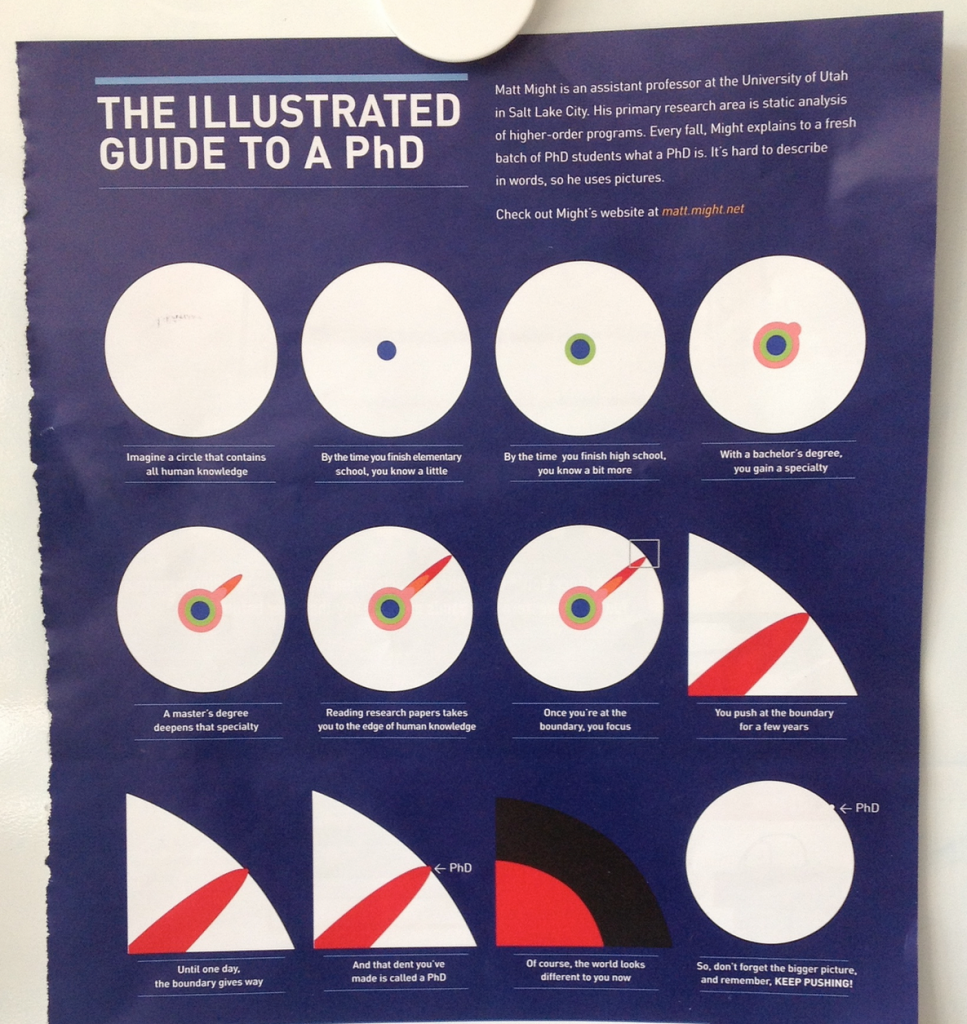
July 30, 2020
